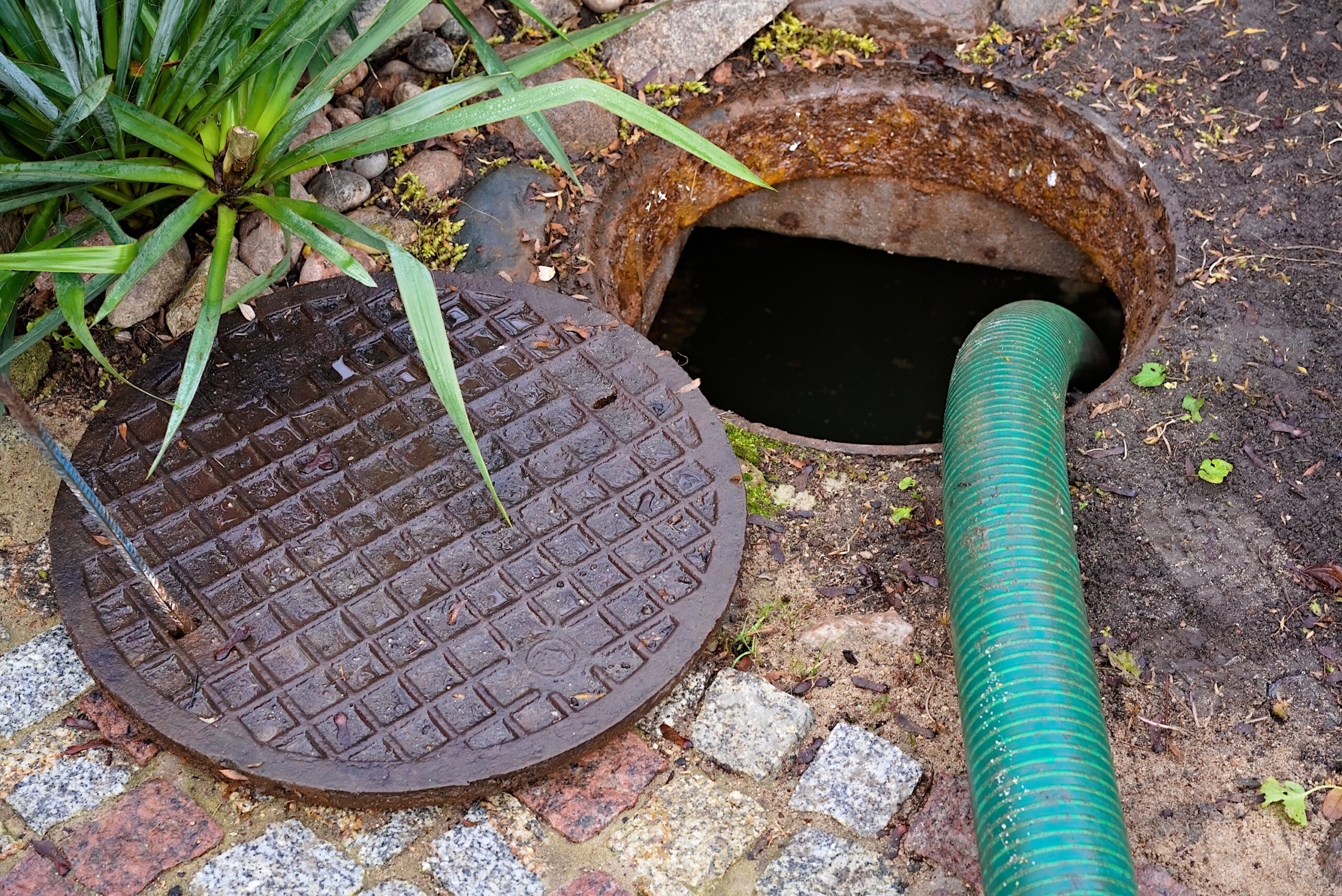Home improvement projects, especially in older homes, can generate a lot of liquid waste – some of it hazardous to human health. In most homes, lead paint chips, certain chemicals, latex paint and other substances can be washed or flushed into the sewer system where advanced waste treatment systems process it and remove the harmful substances. However, what do homeowners with septic systems do with liquid waste?
Processing liquid waste from home improvement projects can be problematic for homeowners with septic systems. Introducing this waste into the septic tank could upset the bacterial environment, robbing the system of its primary tool for breaking down organic matter and causing septic problems. So, great care must be taken to evaluate the waste before disposing it into the septic system.
For example, suppose a homeowner has been installing drywall. Several sheets have had to be cut and fitted. Additionally, seams have had to be taped and joint compound was used and subsequently sanded. The dusty residue from this project is alkaline and introducing it into the septic tank will likely change the pH in the tank. Septic tank bacteria only live within a certain range of pH; changing the pH to the alkaline range will kill the bacteria, causing septic tank problems. For a homeowner, this condition will be hard to change without investing a great deal of time. It would probably be best to have the septic tank pumped.
The best way to deal with this clean up is to dispose of the dust in the garbage. Rags or mops that were used with water for final clean up should be washed out in the yard, keeping any runoff from entering the septic system.
Another example is dealing with lead paint in a home improvement project which can be a very tricky issue. In the case of prepping an older home’s walls or woodwork for painting, power washing and subsequent wipe downs can generate a lot of undesirable lead paint chips you certainly don’t want in your septic tank or system (or in the air, floors, furniture, toys and other items within your home). In this case, the best course of action is to consult local health departments for advice or best practices concerning lead paint. There are general contractors that are trained and equipped to deal with these conditions and hiring or consulting with them is another good option.
Chemicals used in home improvement projects have to be disposed of with great care. Again, the bacterial environment within the septic tank is delicate and can be easily upset. Furthermore, some of these chemicals could make their way into the water table causing long term problems. Again, if a homeowner has questions, contact local health departments for advice before using and disposing of the chemicals.
Before beginning a home improvement project in a home with a septic system, create a plan and perform some research before starting. Understanding the project and waste that is generated will help the homeowner plan for proper disposal and keep septic systems, in general, healthy and functioning properly.











